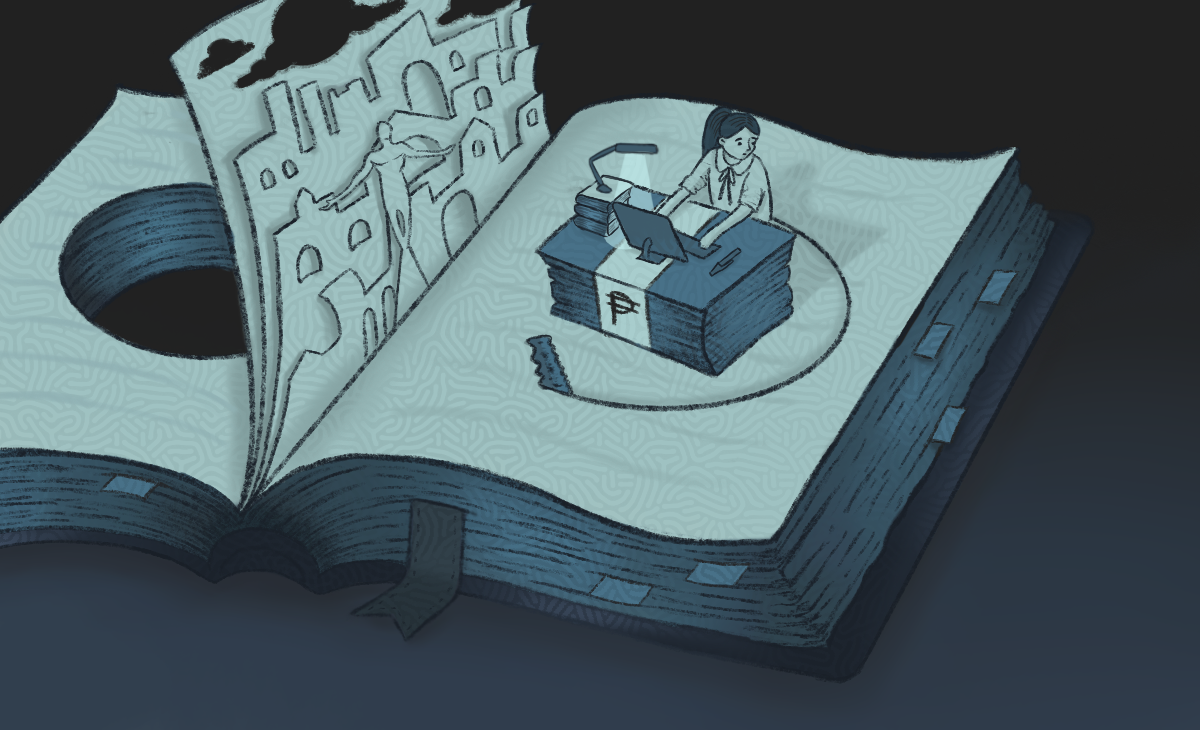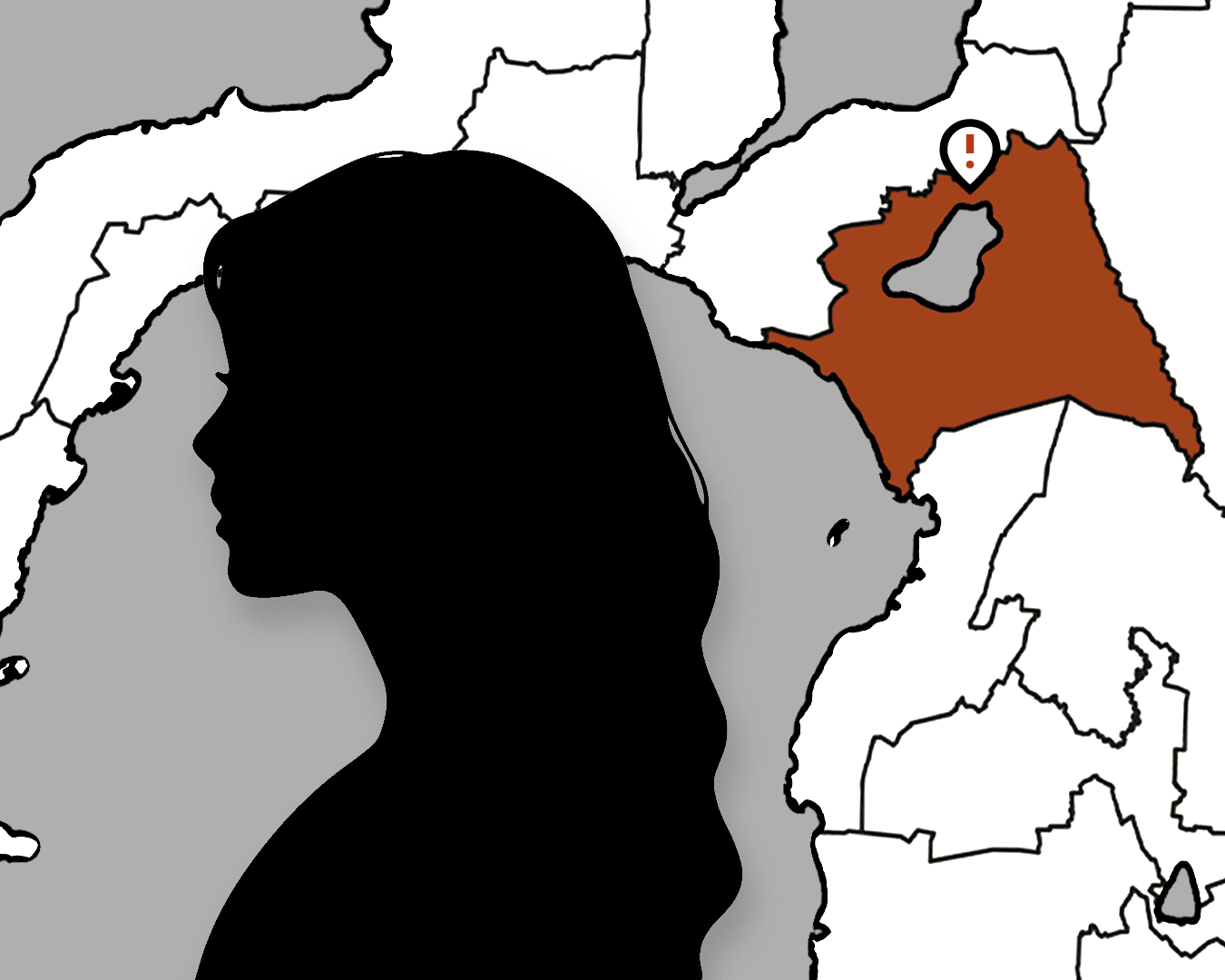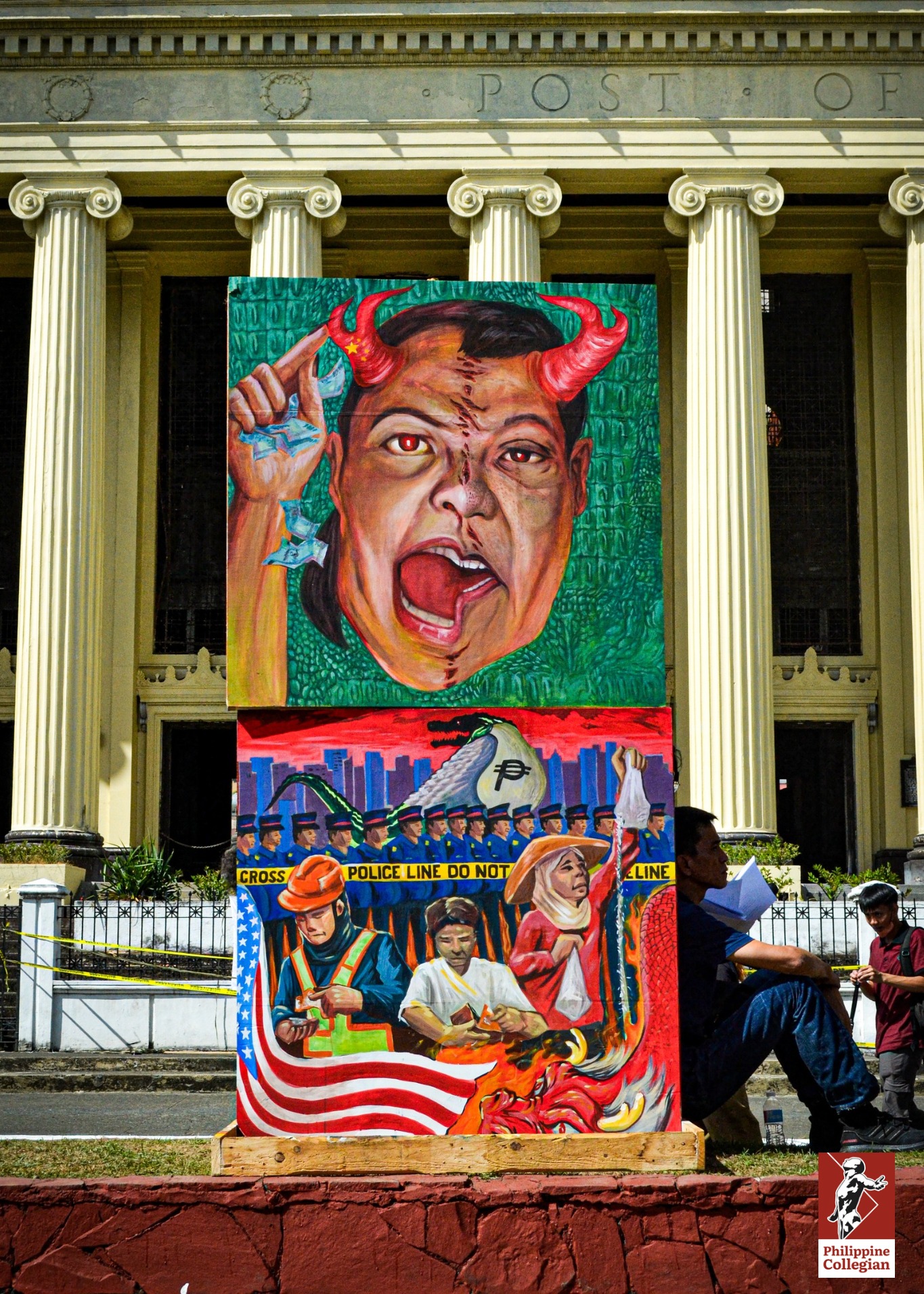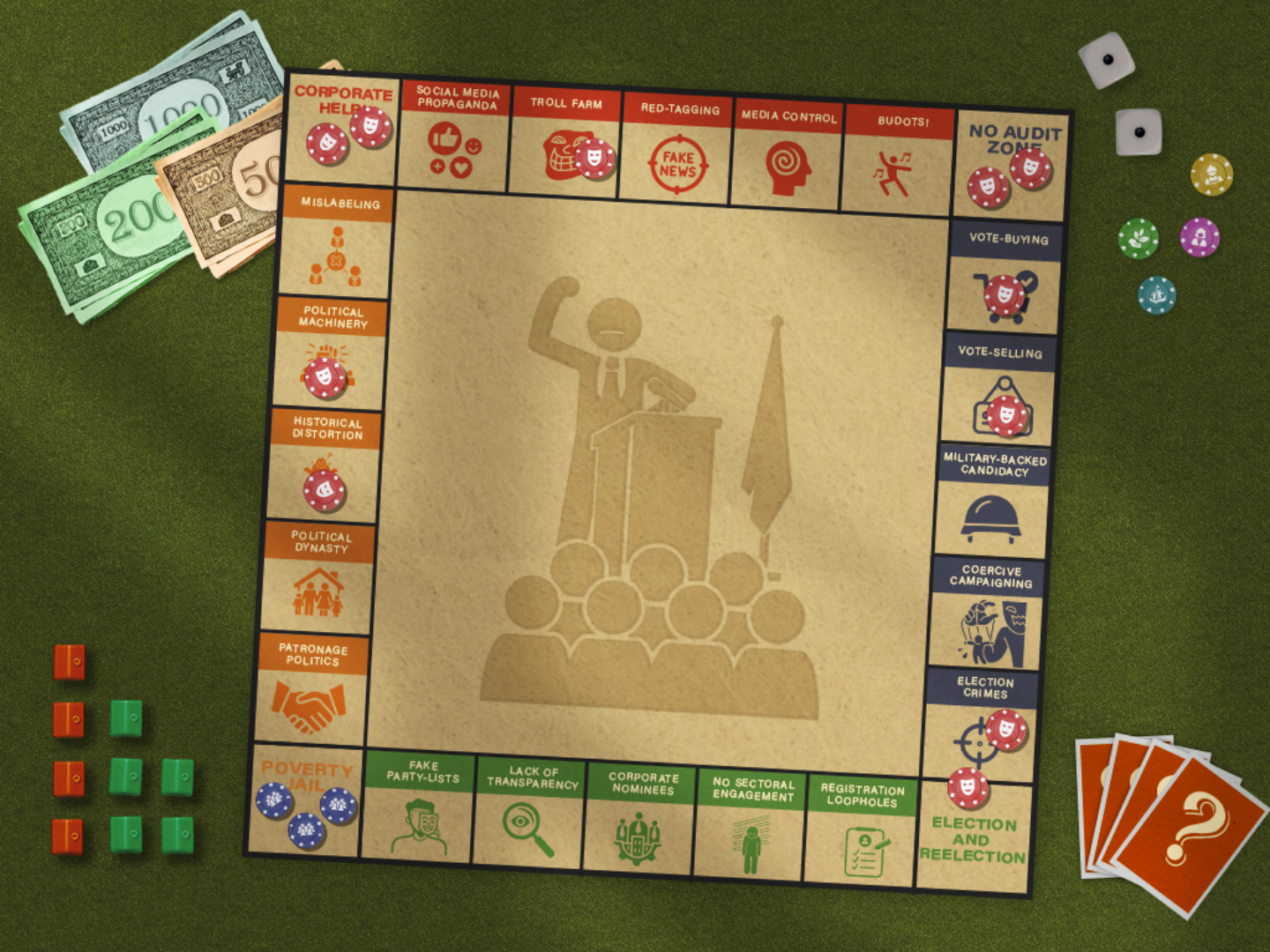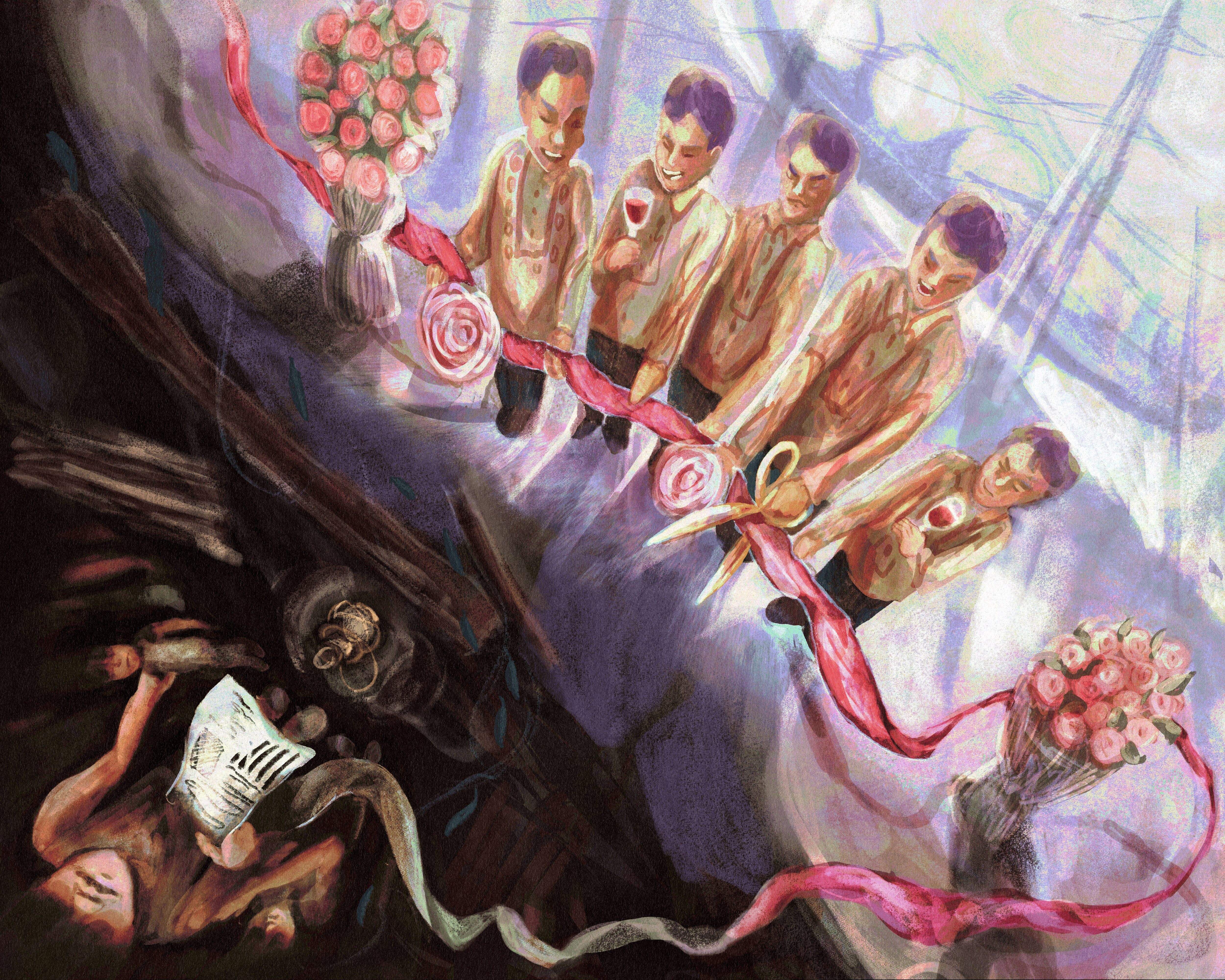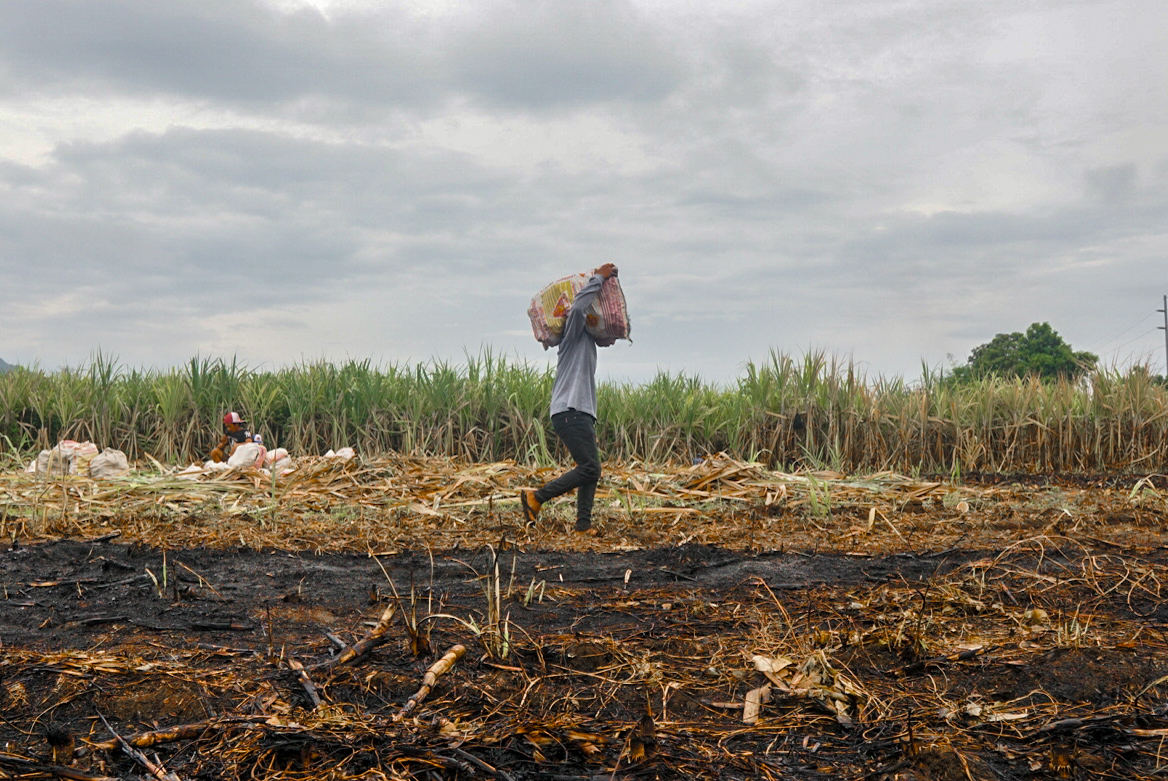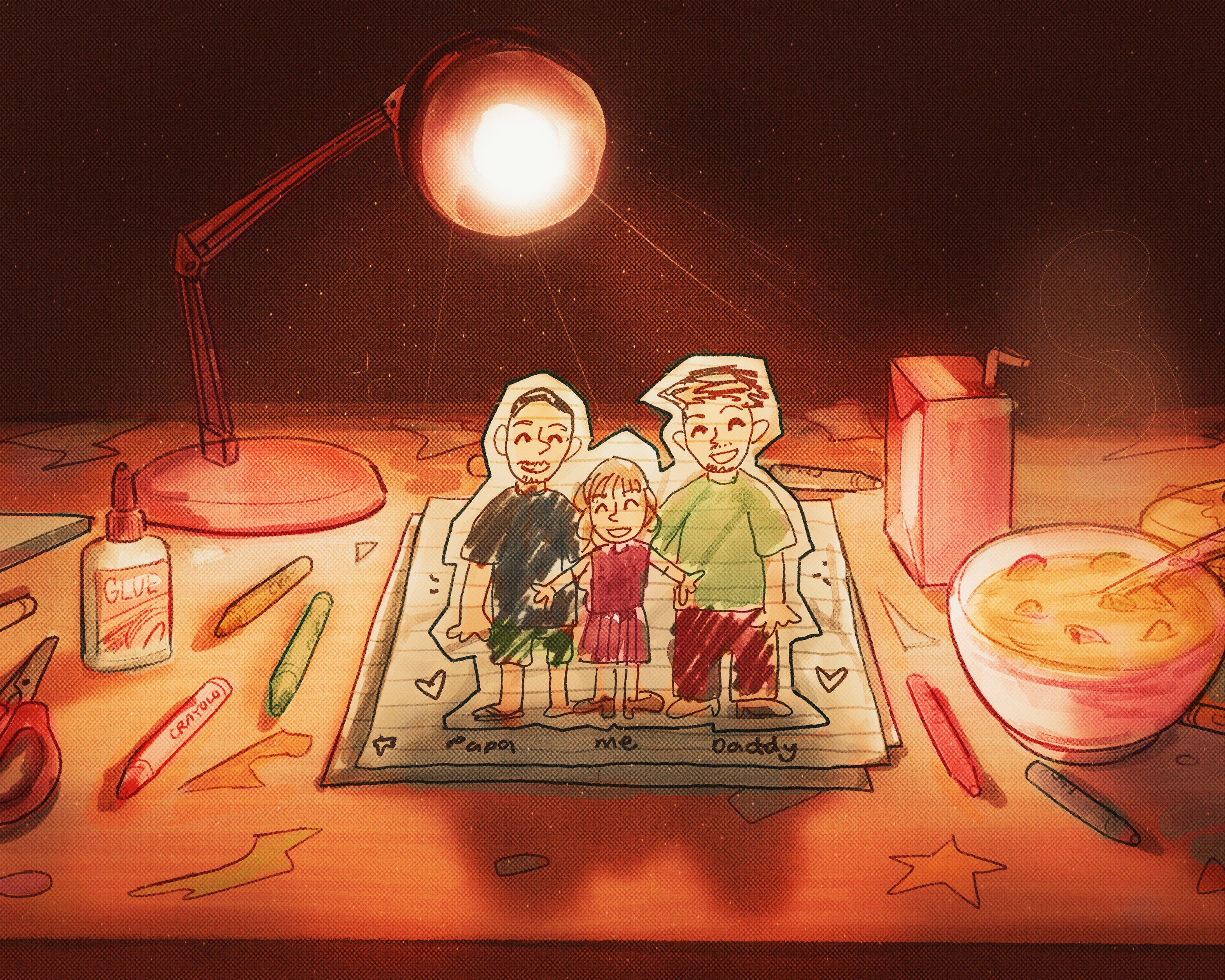For students in the time of COVID-19, there is no promise that tomorrow will be brighter.
For the past year, students have adopted online learning as the new model of education. With the implemented distance learning comes the mandatory use of technology to participate in class discussions and lectures. However, students struggled with the new setup due to internet connection problems, the high price of gadgets, and challenges to mental health, to name a few issues.
This year, students and the UP system still face a looming problem that will exacerbate not only their struggle but also their welfare: the UP budget cut proposed by the Department of Budget and Management (DBM).
Criticality and Struggle
In 2021, the UP administration proposed a P36.5-billion budget for the next fiscal year. Unfortunately, the DBM only approved P20.1 billion, putting UP at a P16.3-billion deficit. The quality of education indubitably esteemed from UP is at stake as the budget cut positions both the Philippine General Hospital (PGH) and UP at a critical point.
The PGH is the national university hospital operated by UP Manila, which means PGH’s funding falls under the UP budget. Aside from being the largest training hospital for medical practitioners in the country, it serves as a COVID referral center. A budget deficit can affect the health care operations of the PGH and the provision of proper compensation such as hazard pay for health care personnel. Even before the budget cut, the PGH has needed more beds, facilities, and medical equipment such as respirators and mechanical ventilators that require a proper budget for the institution to afford it.
A massive cut in funding will also severely impact the university students themselves, at a time when they are already lacking units because of, for instance, fewer faculty items than needed to accommodate classes.
According to UP, the National Expenditure Program (NEP) provided UP with a total budget of P20.174-billion. Reports from the UP Office of the Vice President for Planning and Finance (UP OVPPF) indicate that the budget bears a P1.329-billion decrease compared to the P21.503-billion budget set in the 2021 General Appropriations Act (GAA).
“This occurrence [budget cut] has been happening time and time again. Malaking hurdle ito sa mga students, especially na nahihirapan sila sa remote learning,” Angelo Gozun, the education and research councilor of the UP Diliman Extension Program in Pampanga and Olongapo (UPDEPPO), told the Collegian.
Students struggle as they begin another academic year of online learning at the country’s premier university. The pandemic, along with the surge of COVID-19 cases and lockdowns, compels students to study despite the unfavorable learning environment.
UP students demand the implementation of genuine academic ease to ensure the wellbeing of students and teachers. However, a year into online learning revealed that the intended effect of academic ease was not achieved since students were struggling even harder than they had been at the start of the pandemic. Still, their calls for genuine academic ease remain firm. “The general look into the situation of the students is that they have very low morale and that they are struggling,” Gozun added.
Situation in UPDEPPO
The UPDEPPO is one of the university’s constituent units that may be most affected by the budget cut.
UPDEPPO, established in 1979, boasts of a closely-knit community, with just a little over 500 students. But the campus needs better facilities, among other things. “Up until now, since the 2019 earthquake, sira na yung isang part ng academic building natin pati ang auditorium,” Gozun said. “Since isa lang ang building natin, malaki itong balakid sa learning ng mga students.”
Facilities such as classrooms, student spaces, and an auditorium are sorely lacking. UPDEPPO students face constraints in learning because some of their professors need these in order to facilitate classes, even though they are held online. Some faculty and staff are currently working on campus during the pandemic, so the repair and restoration of infrastructure remain to be an urgent matter.
But Gozun also worried that the lack of facilities may be used as an excuse against holding face-to-face classes soon. “Maaaring i-cite nila na ang facilities ng campus ay di pa ready. Kaya now is a good opportunity na mapaayos yung building while there are very few people using it,” Gozun said.
The education of students should not be compromised any longer. Once the academic building is repaired, students can use the rooms and facilities to the fullest. UPDEPPO students are hoping the UP budget would allow for such repair and all the needed infrastructure work. However, with funding less than UP proposed, the university might fail to provide them a conducive learning environment.
Survival of the Fittest
For Daisyrie Jacla, the budget cut robs underprivileged students of access to quality education.
Jacla, a BA Applied Psychology sophomore, shared her story as a working student amidst the pandemic. She tutored elementary students during the second semester of her freshman year until she shifted to working in a restaurant to pay for electricity and internet bills.
“For me, the fact that I choose to continue to study during this pandemic is already a great struggle. Sobrang draining ng online learning setup. Idagdag mo pa yung sobrang nag-deteriorate yung mental state ko,” she said. “Ang hirap lang kasi i-juggle ng pagiging student sa iba pang mga responsibilities natin sa bahay.”
Jacla’s also needed resources for online learning, so she applied for UP’s Student Learning Assistance Program (SLAS) in November last year. She was provided with a laptop, webcam, and mouse that she has been using since the beginning of 2021. The gadget assistance also relieved some of her worries while working.
“They asked me some questions regarding my family's financial situation, tapos kung paano makakatulong ang institution sa akin. First try ko, di ako natanggap. Second round, nag-apply ulit ako. After that medyo matagal bago sila nag-reply sakin, so I thought di ako qualified ulit. But then, some professors reached out to me at tinanong nila ako kung ano kailangan ko for the online learning,” she said.
When asked about her thoughts on the UP budget cut, Jacla stated, “To be honest,” she said, “nanlumo ako. Kasi, let's face the reality, hindi pa nga talaga sapat yung budget na ibinigay previously.”
Jacla identifies with the students who struggle in the online setup. Many students who dream of studying will be barred from doing so because of lack of support from the state, she said. The SLAS slots cannot accommodate the number of students who are in dire need of financial and gadget assistance, pushing the students to consider quitting their education instead.
“Parang pakiramdam ko pinagkakaitan nila yung mga underprivileged students na maka access sa kalidad na edukasyon, e. Hindi makatarungan ang ganitong aksyon na ginawa nila,” Jacla stated.
Jacla pleads for one thing: “Invest more in education. Please hear us out.”
Deadlier than the Virus
The misguided priorities of the government are in plain sight. Medical frontliners, marginalized sectors, the labor force, and the whole country, to put it bluntly, have suffered the most. Even more, the budget cut reveals the attempts of the government to silence not only the UP studentry but also its faculty and personnel, who have vocally expressed dissent to the errant policies of the Duterte administration.
In the face of a national public health crisis which has pushed many students to discontinue their education, the increase implies that education or even health, remain second to the priority of the government to end communism in the Philippines.
On September 10, Duterte signed into law the Bureau of Fire Protection Modernization Act which introduces modern fire equipment and the use of firearms at the disposal of firefighters. He justifies the BFP Modernization Act upon the reasoning that firefighters are exposed to dangers and must therefore utilize firearms to ward them off.
In the pandemic, students are not only threatened to stay silent but also robbed of quality education.
“Parang seesaw effect,” Gozun said of the budget’s chilling effect on UP students. “Because one, scared yung government when it comes to outspoken and critical individuals especially amongst the student population since mas marami tayo and we’re more exposed sa ganitong realities ng country natin.”
Despite the attempts of the government to scare the youth into silence, students stand their ground. They take their sentiments not only to social media but also to the streets. “We can start by amplifying our calls through sharing on FB and signing petitions,” Gozun said. “Number two, we can raise it to the admin level because other constituents and staff who need benefit relief are also affected by the budget cut.”
Students have exhausted their efforts in initiating protests online such as the First Day Fight Protest, with calls for “Ligtas na Balik Eskwela” and “No to Budget Cut in UP,” and related statements.
The government’s promise of a brighter future for students will never be fulfilled as long as it allows detrimental policies such as the budget cut to be prioritized over education. The UP budget cut is a setback caused by a far more dangerous impediment: government neglect.
With priorities of furthering its political agenda and silencing the studentry, the administration uses the pandemic as an excuse to immobilize the nation. Now that the world is tied to their phones at home, the least that one can do is open their eyes to the reality present and be one with the nation in demanding better governance and solutions to the matter at hand. ●
